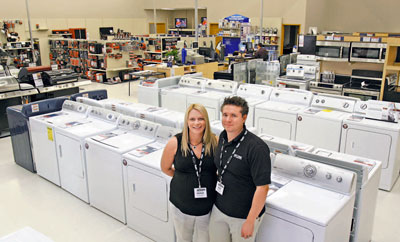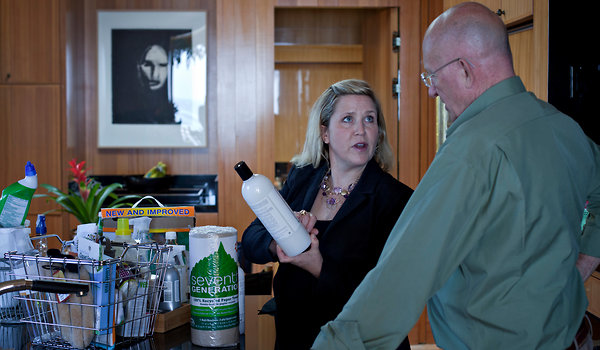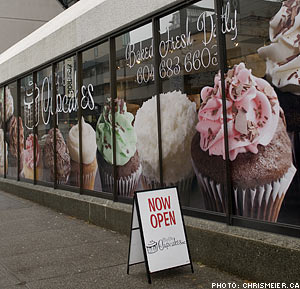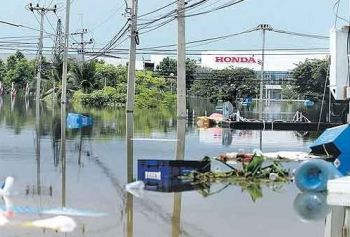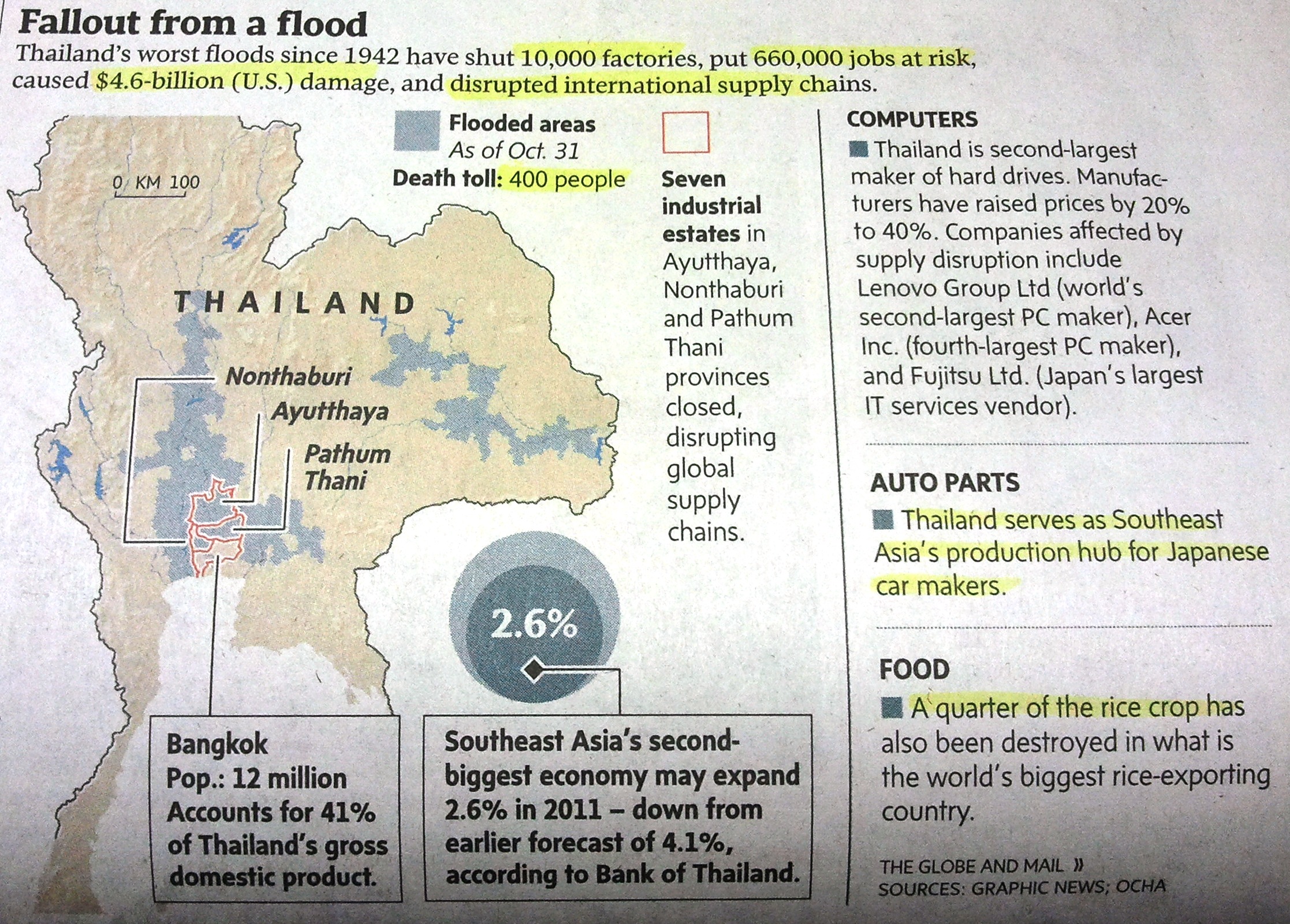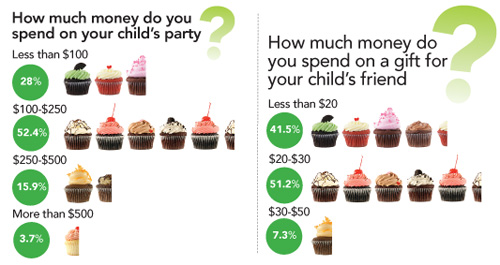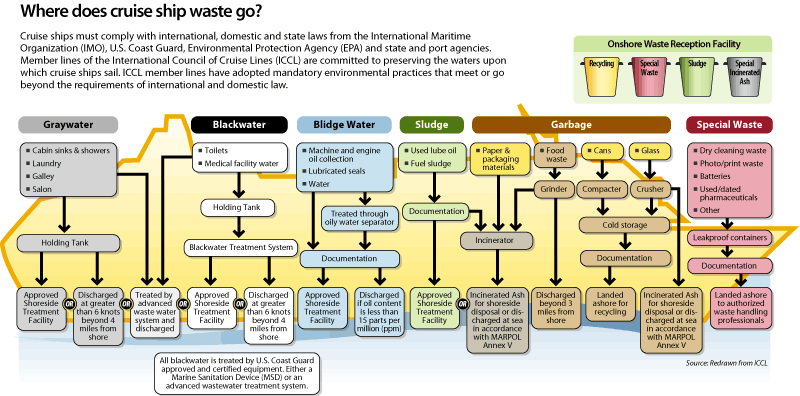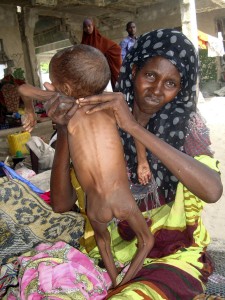Joanna Lai’s article on Sears’ crisis prompted me to perform some research of my own.
Canadian Business’ article can be summarized into a list of Sears’ threats. These include:
- Major American retail stores moving across the border, such as JCPenney and Target.
- Canadian retailers expanding their target market and changing business strategies. The Bay, for example, is going through a major transformation in order to sell more upscale items.
- Retail stores offering equal if not better customer service that Sears had boasted in the past.
A threat to all large department stores are “niche retailers who can offer the same products at better prices or with more knowledgeable staff, and who might carry stronger brand recognition.” (Castaldo, “Sears Canada can’t afford to stand still”)
Weaknesses in the company currently include:
- Lacking a “fresh” image.
- Not fulfilling the reputation for quality customer service, a result of cutting employees.
From here, Sears has a few options:
- “[d]ownsize and focus on just a few product areas” (ibid.)
- Undergo a rigorous transformation.
The latter option is more likely. Strengthening customer service and determining a target customer will allow Sears to thrive is this competitive retail industry.


